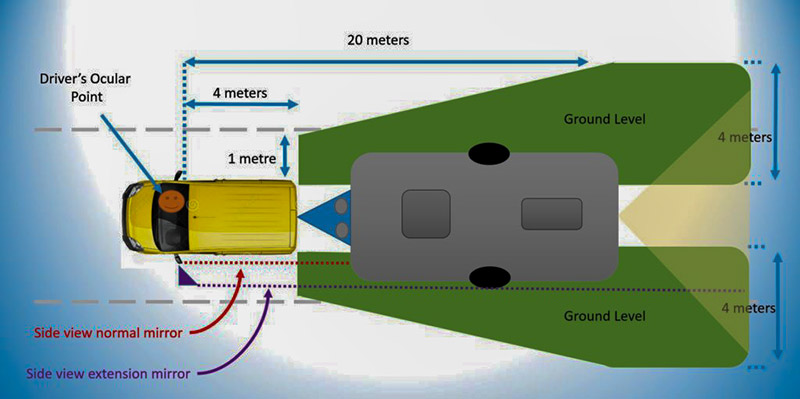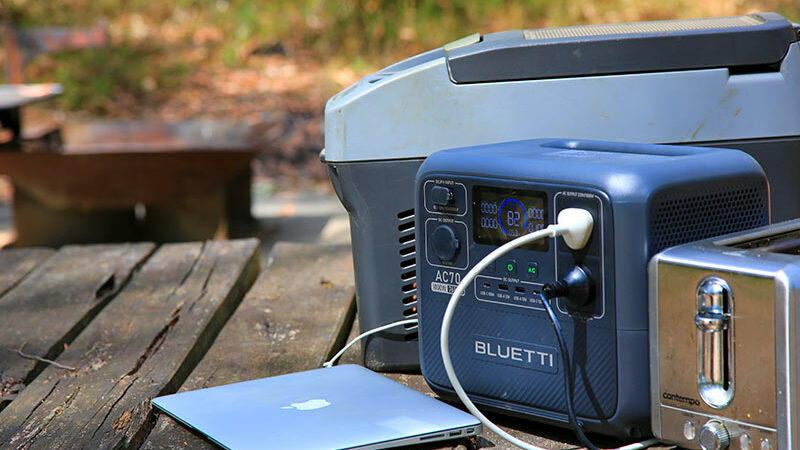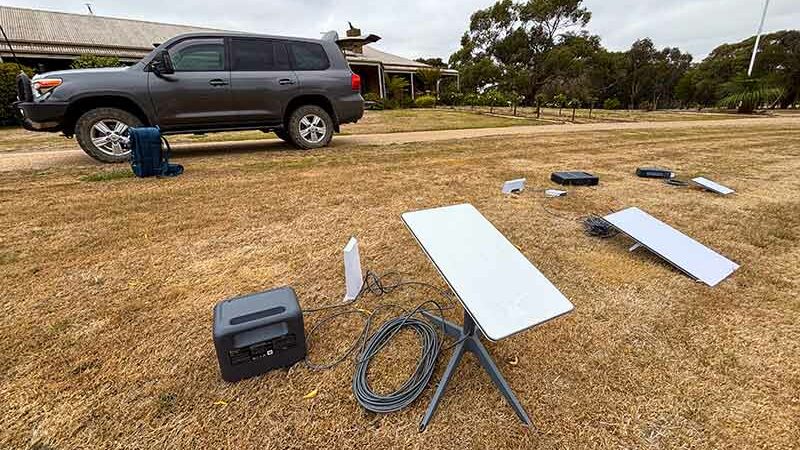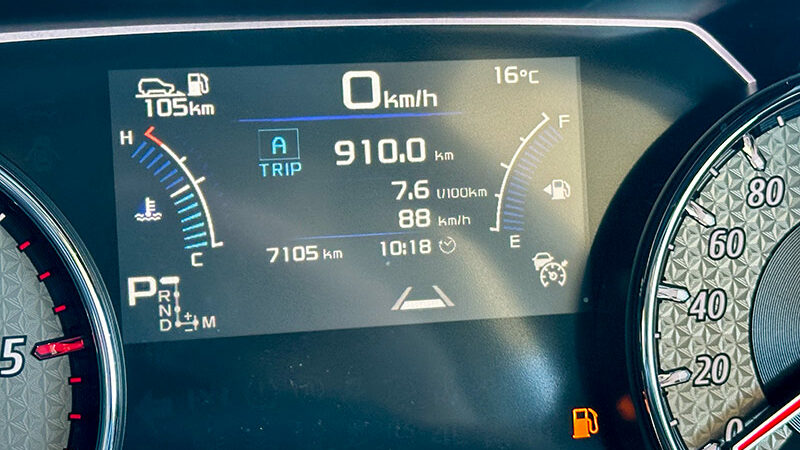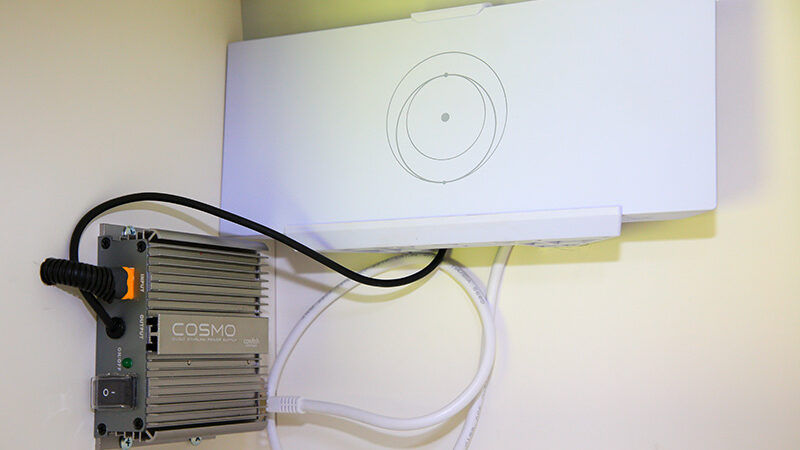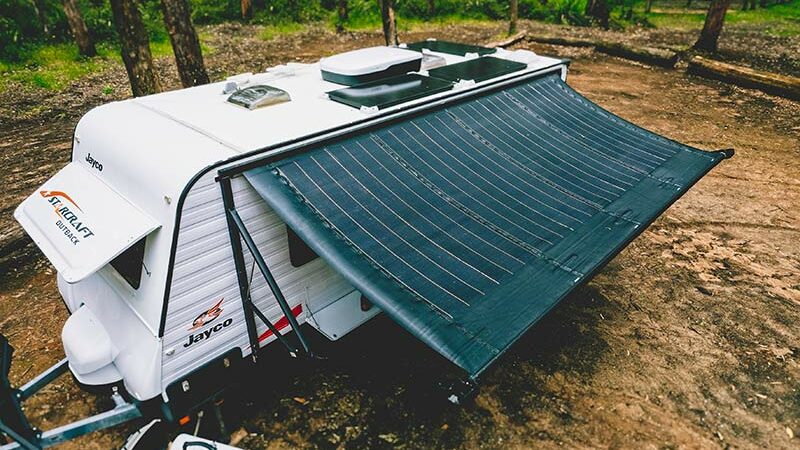Tech Guide: Battery Management Systems
In our previous issue, we looked at the advancement of RV electrical systems, showing you a method of calculating your battery’s performance while camping off-grid using watts as the basis. As good as this is, it will only estimate what you can expect from your electrical system under a variety of conditions.
When it comes to actually camping off the grid and running all those appliances in your RV without flattening your batteries, you need to have an accurate system for monitoring your battery’s state of charge (SOC) as it charges and discharges over the course of your camp.
This is where battery management systems come in but, as we will discover, battery management systems can take many forms and they have evolved into something with capabilities we would never have considered 20 years ago.
BASIC BATTERY MANAGEMENT SYSTEMS
Before the introduction of lithium battery technology to the RV scene, lead-acid batteries were all that was available for most caravans, campers and motorhomes.
Most 4WD owners also installed dual battery systems in their vehicles with at least one deep-cycle battery. Sure, there were options of wet cell, gel or AGM batteries, but these all functioned in much the same way. They were no more than a container with six sections filled with an acid and a couple of electrodes.
They charged at a certain voltage and, as they discharged, their resting voltage dropped. This meant we could estimate their SOC based on this resting voltage. The chart below explains how we did this and all we needed was a simple voltmeter connected to the battery.
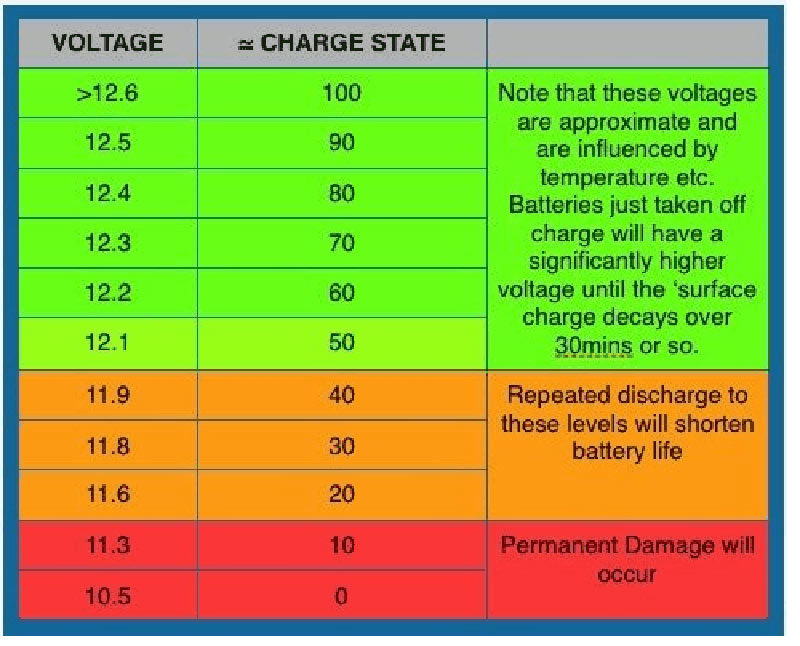 For most travellers, this was sufficient, as most of us didn’t have anything more complex to run than a few lights and perhaps a small car fridge. Inverters were not hugely popular and solar charging was relatively expensive. We may have carried a generator but, for many of us, a fully charged 100Ah battery could last about a week before needing recharging. This method of managing our batteries, using nothing more than a basic voltmeter, was all that we needed.
For most travellers, this was sufficient, as most of us didn’t have anything more complex to run than a few lights and perhaps a small car fridge. Inverters were not hugely popular and solar charging was relatively expensive. We may have carried a generator but, for many of us, a fully charged 100Ah battery could last about a week before needing recharging. This method of managing our batteries, using nothing more than a basic voltmeter, was all that we needed.
THEN THINGS GOT COMPLICATED
About 20 years ago, RV manufacturers started doing something quite radical for the day. To differentiate their products from the competition, they started adding features that enabled us to bring the creature comforts of home along with us on our off-grid adventures.

Suddenly, you could have a toilet and a shower in your caravan. Camper trailers had pull-out kitchens with sinks and flowing water. Even washing machines were an option. This meant we needed to carry more water and the ability to pump to various points around the RV. The humble but often troublesome three-way fridge gave way to DC-powered compressor models that offered performance similar to the fridge we had at home.
Soon, we had affordable sine wave inverters that could power all sorts of electrical appliances. We could take our laptop computers and coffee machines away with us and use them virtually anywhere we camped. As good as this was, it placed more and more strain on our humble lead acid batteries. They simply didn’t last as long. Many owners just added additional batteries, but this just increased the need for effective off-grid charging.
THE SOLAR REVOLUTION
The problem of needing to recharge our batteries while we were camping off-grid was largely solved by the development and increased affordability of solar panels.
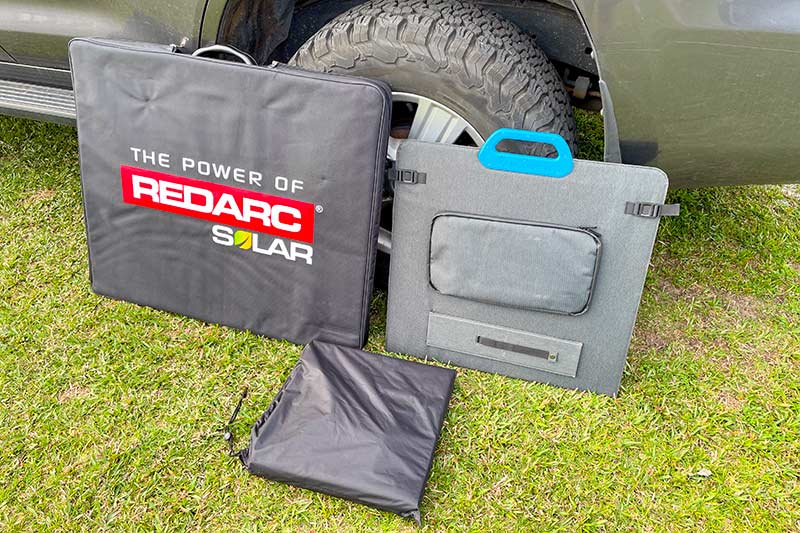
You could easily have one or two solar panels installed on the roof of your van or motorhome. Camper trailer owners and 4WDers could purchase portable solutions like solar blankets or folding solar panels to achieve the same result. It was all very exciting.
This constant charging and discharging of our batteries, however, meant that monitoring voltage was not going to be an effective way of determining their SOC. This is where shunts came into play.
WHAT IS A SHUNT?
In simple terms, a shunt is a device that connects to the negative terminal of a battery, allowing you to measure the current going in and out. This is measured in amps, which is convenient given batteries are rated in amp hours. You could tell in an instant that if you were drawing 10A from your batteries, a 200Ah battery bank would last approximately 20 hours before going completely flat. You still could measure voltage and also use that to estimate your battery’s state of charge.
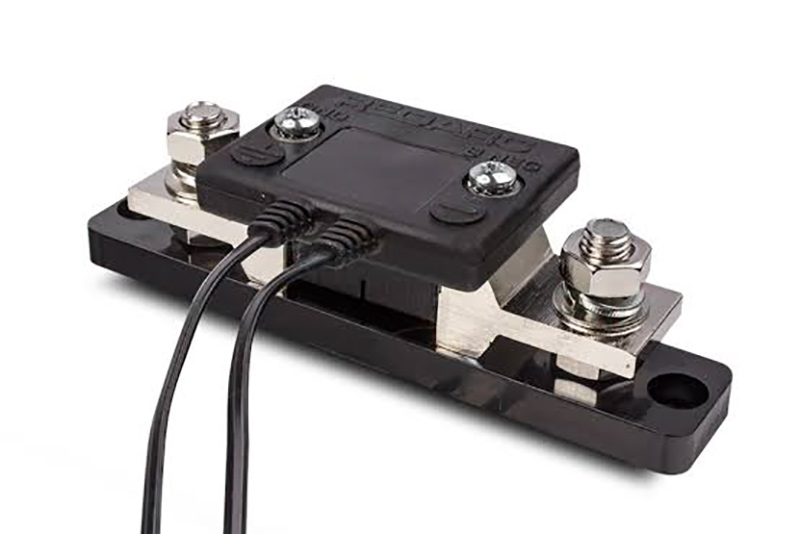
The problem with using a shunt is not the system itself, but the limitations of lead-acid battery technology and the complications they create for travellers. As I mentioned earlier, lead-acid batteries’ voltage drops as their SOC decreases. This affects the operation of the appliances connected to them, particularly those that draw a lot of amps.
As an example, a compressor fridge may stop working when the voltage drops below a pre-set level. More importantly, lead-acid batteries don’t like being discharged below 50 per cent SOC too often as this can lead to decreased performance and even permanent damage to the cells. There had to be a more accurate way to monitor our batteries’ SOC.
MODERN BATTERY MANAGEMENT SYSTEMS
Today, thanks to advancements in computer technology, smart devices, wi-fi and Bluetooth integration, the modern battery management system blows the old voltmeter into the dark ages. Companies like Redarc, BMPRO, Enerdrive and Victron (just to name a few) have solutions that are better described as ‘power management systems’. They combine solar charging, 240V charging, power output distribution and monitoring into tailored or all-in-one solutions.
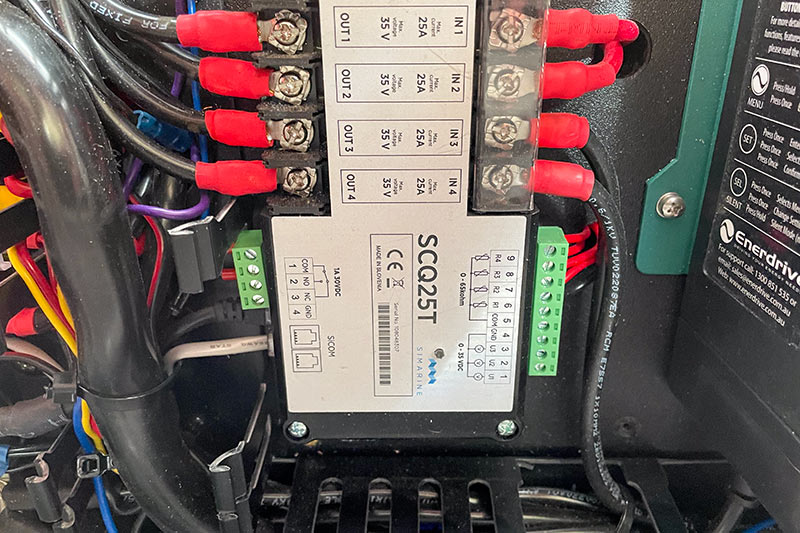
They have high-quality screens that show the owner all sorts of useful information as well as highly accurate SOC data. They are also extremely safe, using battery voltage cut-outs and temperature sensors to protect batteries from damage, reducing the risk of electrical fires. They do take all the guesswork out of managing your batteries.
You don’t even have to get out of your camp chair to see what your electrical system is doing. Most of the major brands have some form of smart device integration that uses an app to connect to the system and display real-time charging and power usage information.
If you’re keen, you can set up a wi-fi network in your caravan and remotely monitor your electrical system from virtually anywhere in the world using the mobile phone network. The capabilities and functionality on offer today are staggering.
LITHIUM BATTERIES’ INTERNAL BMS
We’ve mentioned before that lithium iron phosphate (LiFePO) batteries have revolutionised the off-grid camper scene, opening up almost limitless possibilities for free-camping.
What you may not know is that these batteries feature an internal battery management system, but it is a vastly different beast to what you will find inside a modern caravan, although they do share some similarities.
Without going into a lot of technical detail, LiFePO batteries require some electronics to balance their internal cells or keep them at the same voltage. You can see this at work by using their Bluetooth connection and smart device app. For 12V batteries, they have four individual cells each rated at around 3.2 volts (3.2×4=12.8). The internal BMS monitors the voltage of the individual cells and directs charging to ensure they keep at relatively close voltages to each other.
These internal systems handle many other aspects of the battery’s operation. They monitor amps in and out, battery status, battery voltage, battery temperature, cycle count and rated capacity. They have a number of protection systems, including extreme temperature cut-outs and deep discharge protection. Some of the higher-end batteries may even tell you the time remaining to discharge or recharge, and a history of any recent errors detected by the BMS.
Almost all of them will provide an indication of SOC, although this can be inaccurate with certain configurations. Combine these features with a quality power management system and you have all the tools you need to camp for extended periods off-grid with confidence.
PORTABLE LITHIUM POWER PACKS
We’ve mentioned portable lithium power packs (or solar generators) in the past and remarked on their incredible capabilities and functionality. It is worth mentioning their internal battery management systems within this article as they offer the ultimate in power management technology.
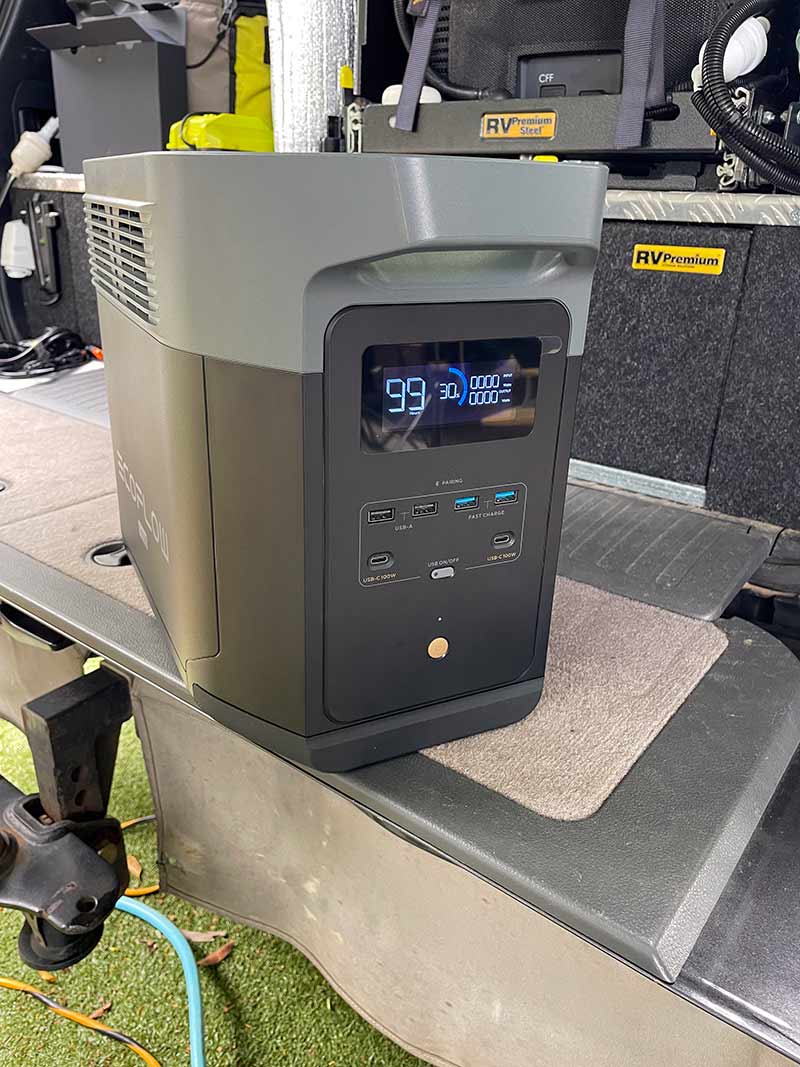
These systems do everything from battery cell management to power monitoring to delivering SOC awareness, with never-before-seen levels of accuracy. You don’t have to build or customise a system out of individual components or worry about details like cell voltage levels. Their displays show you just the important data: input watts, output watts, battery SOC and time remaining to recharge or discharge.
Most of the top brands will have smart device integration that controls the operation of the power pack as well as any accessories, such as alternator chargers or secondary battery packs. You can customise charge rates to suit particular situations and you can control discharge levels if needed. High-end systems will allow you to do all this over the internet.
CHOOSING BATTERY MANAGEMENT SYSTEMS
If you’re in the process of buying a new caravan or motorhome, or you have an existing caravan, and you want to specify a battery management solution, here is a list of what to look for:
- Ask for a recognised brand name with local support either from a retailer or distributor. Companies such as Redarc, Enerdrive (Simarine), BMPRO, Victron, Renogy and Projecta are commonly used by Australian caravan manufacturers.
- Look for a system that uses a shunt as the basis for its state of charge calculations.
3. Displays should be clear and easy to read, offering a state of charge, time remaining to discharge or recharge, and preferably watts in and out.
4. The system should have basic safety features, such as low voltage cut-out, temperature monitoring and fuse protection between major components.
5. Look for smart-device support either through Bluetooth, wi-fi or both.
6. Do a search on Facebook for brand support groups, preferably with a focus on Australian users.
EFFECTIVE BATTERY MANAGEMENT FOR LESS THAN $150
Let’s say your RV already has a battery system with all the chargers and inverters you need and you just want to install some battery management system without the expense of replacing all your existing gear. It is possible and, best of all, it won’t cost you the earth and you can do the installation yourself.
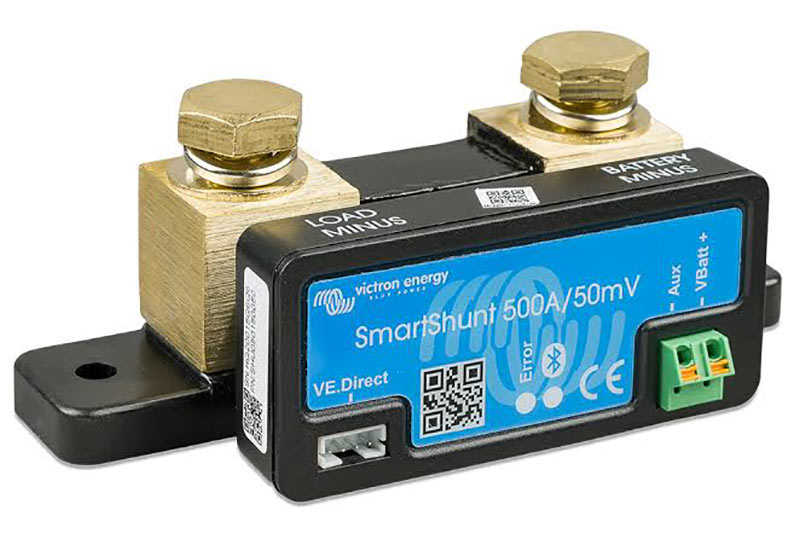
The Victron SmartShunt is a brilliant bit of kit. It is, essentially, a 500A shunt with some clever electronics and a Bluetooth interface that connects to your smart device using Victron’s excellent VictronConnect app.
All monitoring is done via the app. It displays a very accurate SOC, battery voltage, current in/out in amps, power in/out in watts, amp hours consumed, and time remaining to charge/discharge.
It is highly customisable, allowing you to input a variety of battery information, including setting a discharge limit to suit your battery’s chemistry. It is suitable for any system up to a maximum of 500A, which should be sufficient for any modern RV.
It’s available from a huge number of retailers for around $130 but I would encourage you to shop around as prices can vary. There is also a slightly cheaper 300A version available but it is more difficult to source.
THE FUTURE
As has been the case over recent years, the future of power management for RVs, campers and 4WDs will largely be driven by advances in battery technology, affordability and customer demand.
Right now, manufacturers are moving towards the all-electric caravan. These require high-capacity battery banks, larger solar arrays and more sophisticated battery management systems. Beyond that, the proliferation of electric cars will lead to RV manufacturers doing more with far less weight than they do today.
One thing is for certain: effective power management will be more important than ever.
The post Tech Guide: Battery Management Systems appeared first on GoRV.
Source: https://www.gorv.com.au/tech-guide-battery-management-systems/

